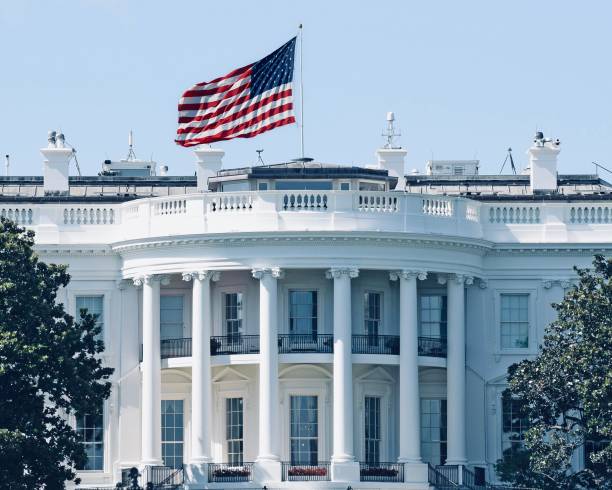White House Adjusts Federal Layoff Strategy Amid GOP Concerns

The Trump administration’s plan to implement mass federal worker layoffs during the government shutdown has recently shifted, according to officials familiar with internal discussions. With Democratic lawmakers showing no sign of compromise on a stopgap funding measure and growing apprehension among Republicans about political repercussions, the White House is delaying the release of Reduction in Force (RIF) notices, even as it hopes the looming threat will pressure Democrats.
“Within the West Wing, there’s recognition that announcing RIFs immediately might carry political risks,” one official explained. “Waiting allows the message to be, ‘Democrats forced our hand.’ And we don’t want to appear gleeful about people losing their jobs.”
Previously, the White House had intended for layoffs to begin shortly after the shutdown, with guidance from the Office of Budget and Management, led by Russell Vought, identifying which agencies would see the most significant cuts. President Trump had publicly described the shutdown as an “unprecedented opportunity” to pursue a key agenda item: reducing the size of the federal workforce.
The administration views this move partly as leverage to bring Democrats to the negotiating table, leveraging the threat of job losses to reopen government operations. However, senior aides acknowledge that if the shutdown continues without resolution, the president may ultimately need to follow through.
“There will come a point when we must face reality and be responsible stewards of taxpayer money,” said a White House official. Press Secretary Karoline Leavitt echoed this stance, noting that talks about layoffs would not occur if Democrats had approved funding. Trump has also hinted at imminent announcements regarding permanent program cuts, stating he would reveal details “in four or five days” if the impasse persists.
GOP Lawmakers Wary of Political Fallout
Some Republicans have grown concerned that mass layoffs could undermine the party’s advantage in the messaging battle. “Rhetoric about ‘slash and burn’ may energize the base, but it risks alienating moderate voters,” one House Republican commented. Another noted that the party currently holds the high ground, which could be lost if layoffs proceed too aggressively.
These concerns have been conveyed directly to the White House, as the administration considers additional measures, including the possibility of withholding back pay for furloughed federal employees—a move that would break with precedent and amplify controversy. While Trump has left the decision ambiguous, House Speaker Mike Johnson emphasized that furloughed workers should receive back pay once the shutdown ends.
Layoffs Still Pending
Initially, the Office of Budget and Management anticipated a rapid rollout of layoffs, aligned with the conservative Project 2025 blueprint for reducing government spending and expanding executive authority. Despite early warnings, the firings have yet to materialize. Officials are still compiling lists of affected agencies and coordinating with Cabinet leaders.
Some lawmakers welcome the delay. Representative Austin Scott of Georgia highlighted the potential local impact, noting that mass layoffs could worsen hardships for constituents, including those connected to military bases or relying on federal disaster relief. Senator Thom Tillis similarly cautioned that signaling the potential denial of back pay could backfire politically, causing uncertainty among federal employees.
As the shutdown drags on, the White House is navigating a delicate balance: maintaining leverage over Democrats while managing internal GOP concerns and minimizing public backlash from mass federal employee layoffs.









